Anna Orłowska

Mar 26 – May 7, 2022
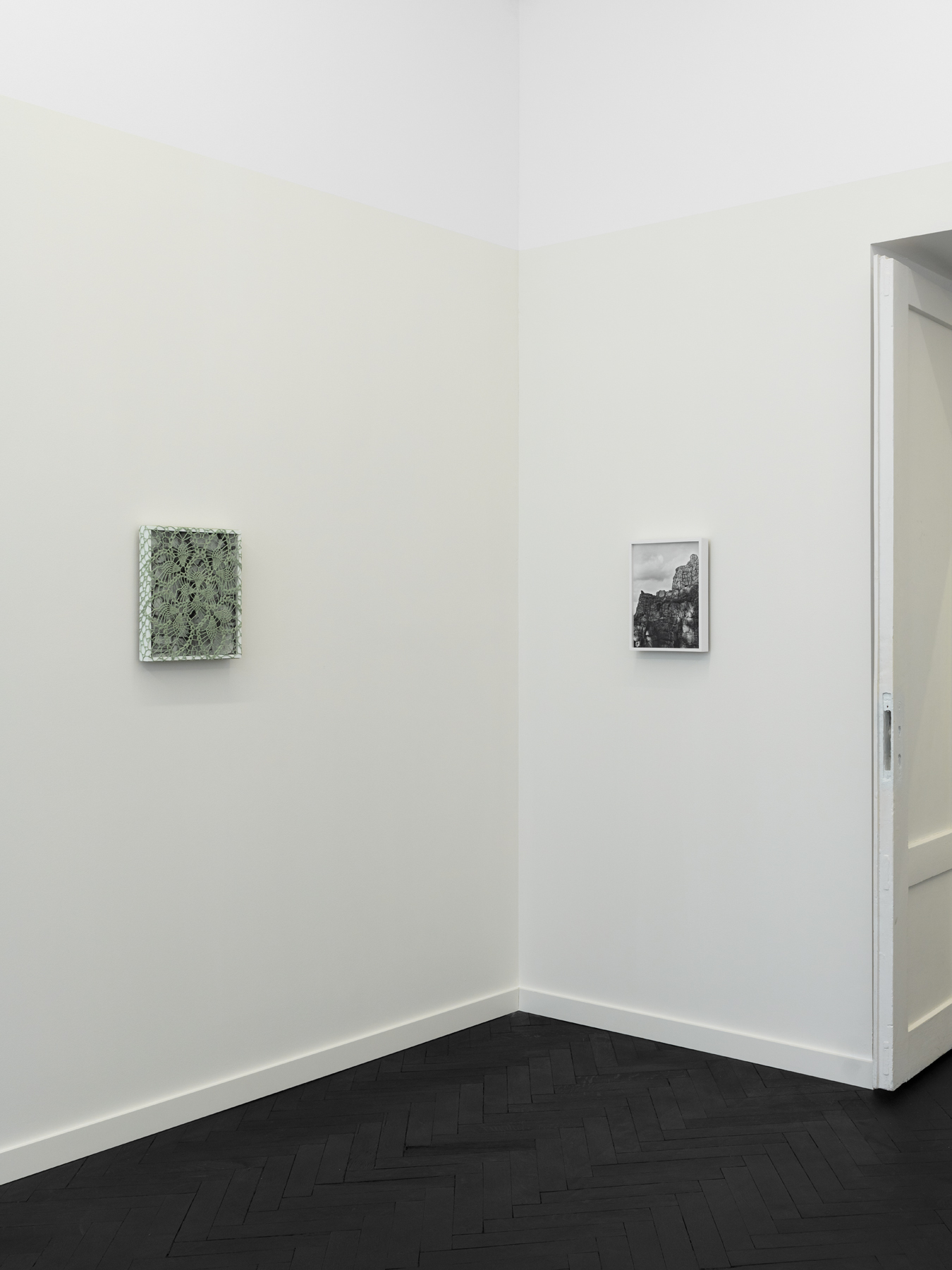

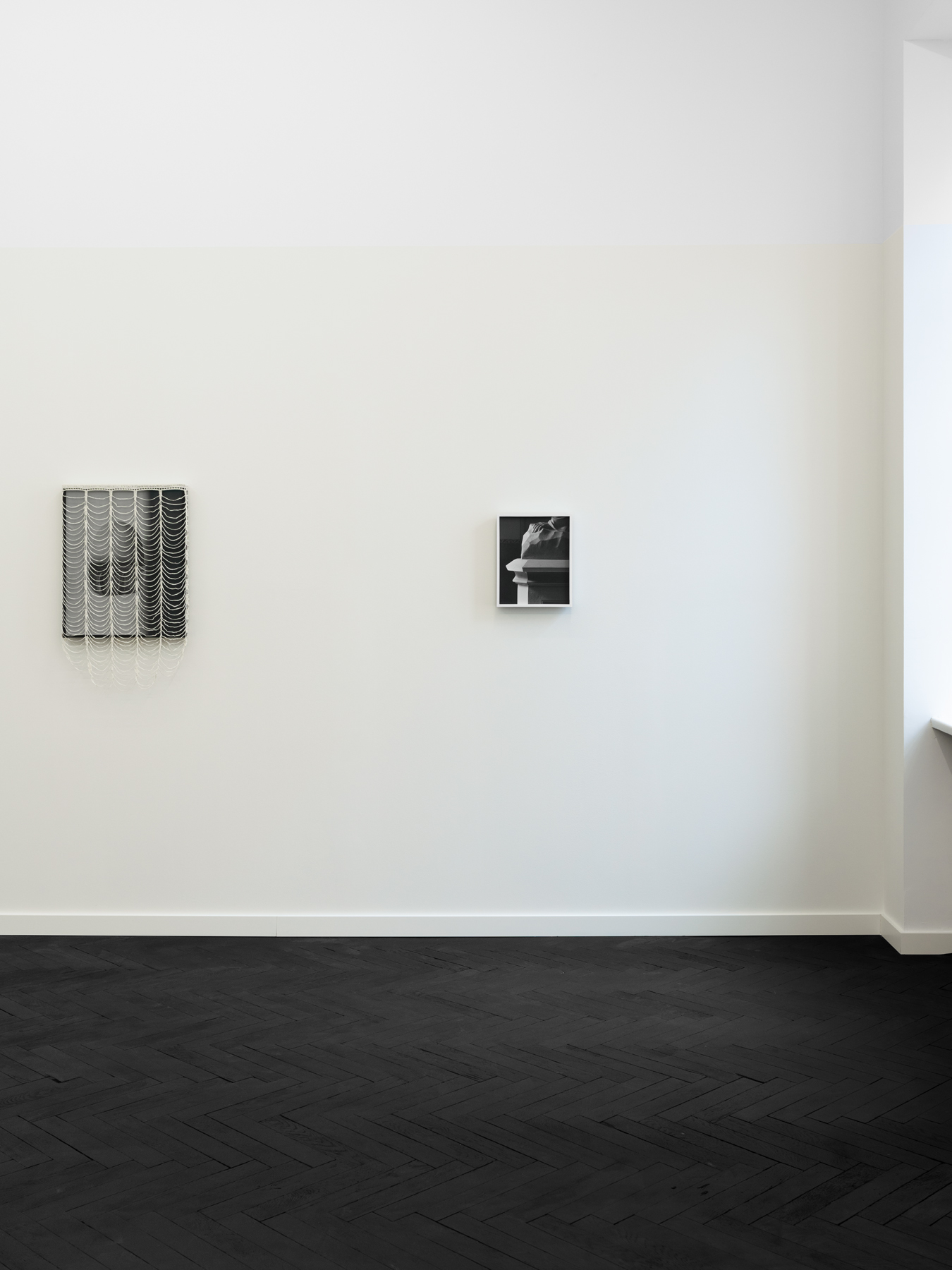
When we arrived, everything here was covered in snow. We descended the mountain towards the forest. I watched as a path, made up of basalt cubes, emerged from the powder we had trampled. In the old days, this raw material was mined nearby. A large hole was left behind, which was turned into the religious Grotto of Lourdes. To support its weight, a large basalt wall was built. The necessary raw material was brought with difficulty up the hill from the nearby villages and fields. And so the stone returned, but as a mined transfer, the foundation of human growth.
We are on the road to another inactive limestone quarry. It was formed from shells and is full of their traces. We look at the information board next to it. The rock has stood here for at least 200 million years. Around that time, the supercontinent of Pangea was falling apart. And now here we stand, facing this wall, orientating ourselves. Our journey through enigmatic Sankt Annaberg is just beginning. Our guide is Anna Orłowska.
Such regions and places are said to be “territories of history”. They are well recognised and have many experts. However, it is difficult to express their idiom briefly. This bizarre combination of circumstances and nuances about which the textbooks say nothing. It is the same with St Anne Mountain, which one can try to decipher in many ways and never grasp its meaning. This extinct volcano must have had a symbolic function for the people who lived here in the early days, and yet not a single trace of them has been discovered. Later, from the Middle Ages on, the paths of pilgrims crossed here, coming from the East, among others from Kyiv, to the tomb of St James in Santiago de Compostela. The place started to grow and much changed here at the time. In addition, at the end of the Middle Ages, a small wooden statue of St Anne appeared here, whose worship overshadowed other local beliefs with time. It stands in a sanctuary at the top of a mountain and is the subject of bizarre practices, part of which involves dressing it in elaborate robes that vary according to the liturgical calendar. In her hands she holds two infants – her daughter Mary, and her grandson Jesus. When dressed up, she resembles a dragoness with three heads. Grandmother, mother and child in one person, a bizarre figure symbolising the mechanics of generational exchange. The embodiment of invisible reproductive labour, about which little is still known, although it forms the real foundation for everything that happens in the world.



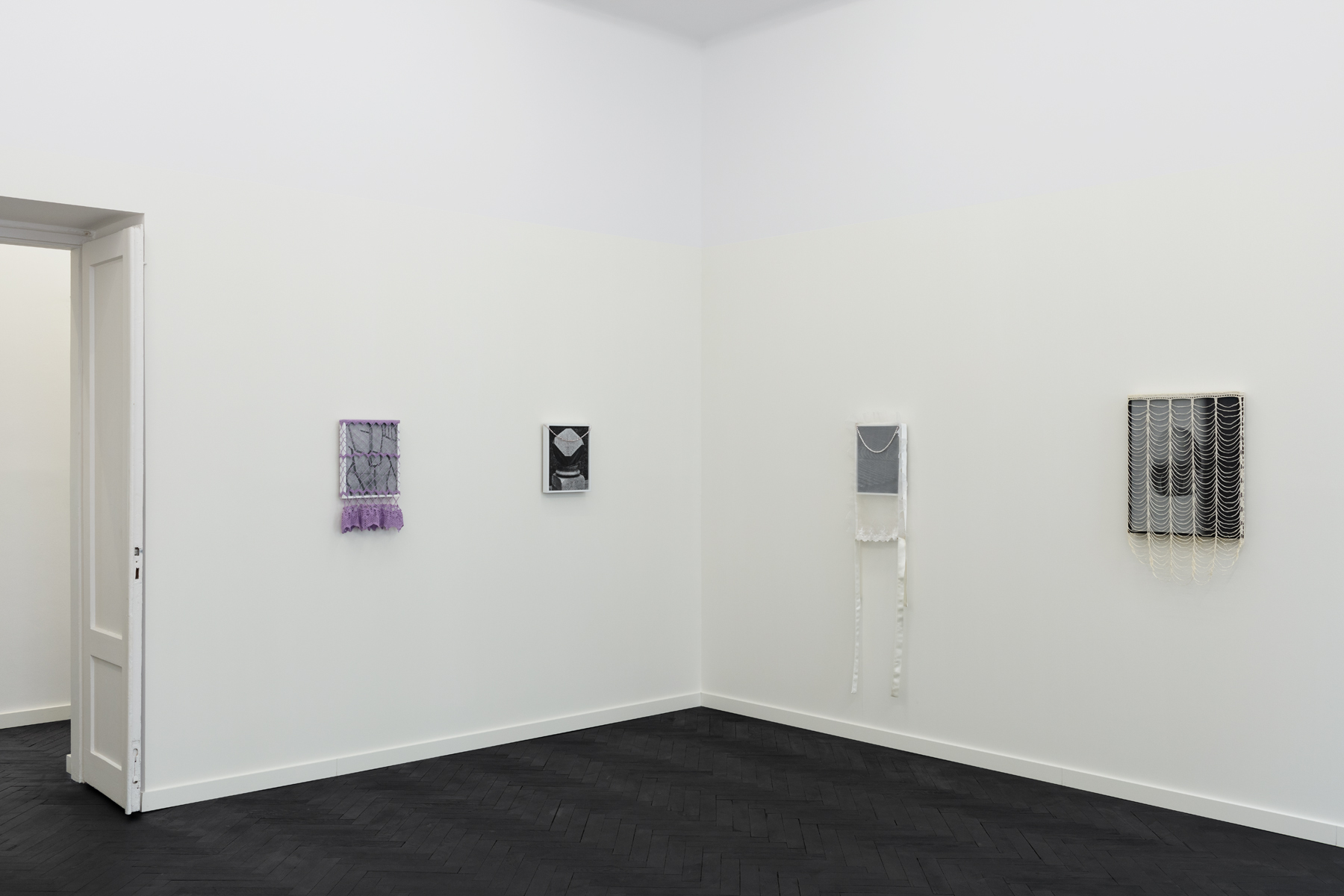
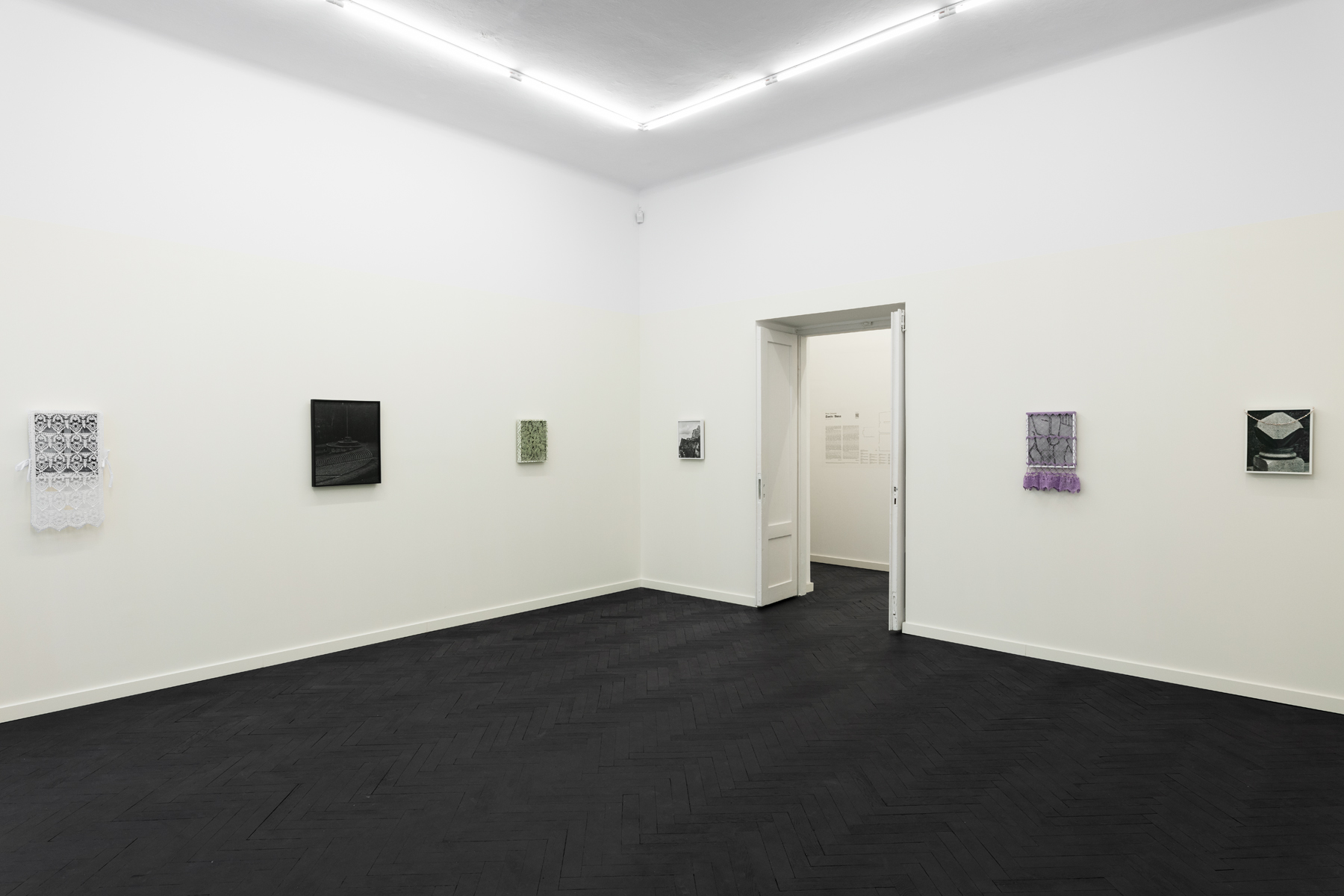

They say that miracles have been taking place here for centuries, also thanks to the statue, which is here often called a picture. Although its magical relics were stolen from it, this did not prevent healings. There are frequent recurring tales of regained sight, which strangely rhymes with the everyday life of the mountain, so transformed as to form a setting for various spectacles, faith and power. At the edge of the limestone quarry, an old amphitheatre emerges, recalling the former Thingplätz Germanic cult site – the propaganda machine of the Third Reich for 50,000 people. Even when it was created, it belonged to the old world, just before the explosion of radio and film, the new tools for putting crowds into a hypnosis-like state. Here the performances took place in analogue, with natural acoustics. We talk about an old photo documenting stands full of Nazis.
After the war, the repertoire of the amphitheatre was overwritten by festivals and games, organised here, among others, by the local workplaces. Apparently, thugs hang around here sometimes, looking for their place of power. Nature seems to be slowly reclaiming the area for itself. Nobody here feels responsible for this great site, which from a bird’s eye view resembles a human fingerprint. The ominous Nazi crypt on top of the rock was blown up in the first post-war revulsion. It hid the exhumed remains of Silesian insurgents who fought on the German side. It was then replaced by the austere mass of a monument also dedicated to Silesian insurgents, but those identifying with the Polish side. A mighty foundation fills the space of the former mausoleum, carved into the rock by the Nazis. Among the characters of the monument we see a mother with a child in her arms, a symbol of reproduction, but abridged, deprived of the figure of the grandmother and cut off from her ancestral line.

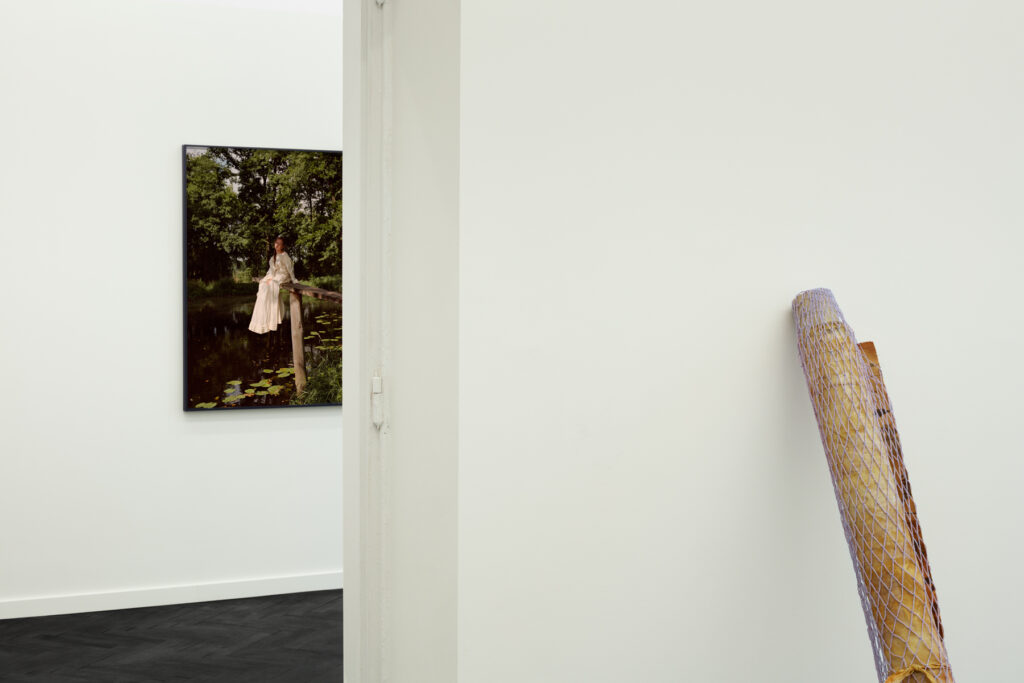
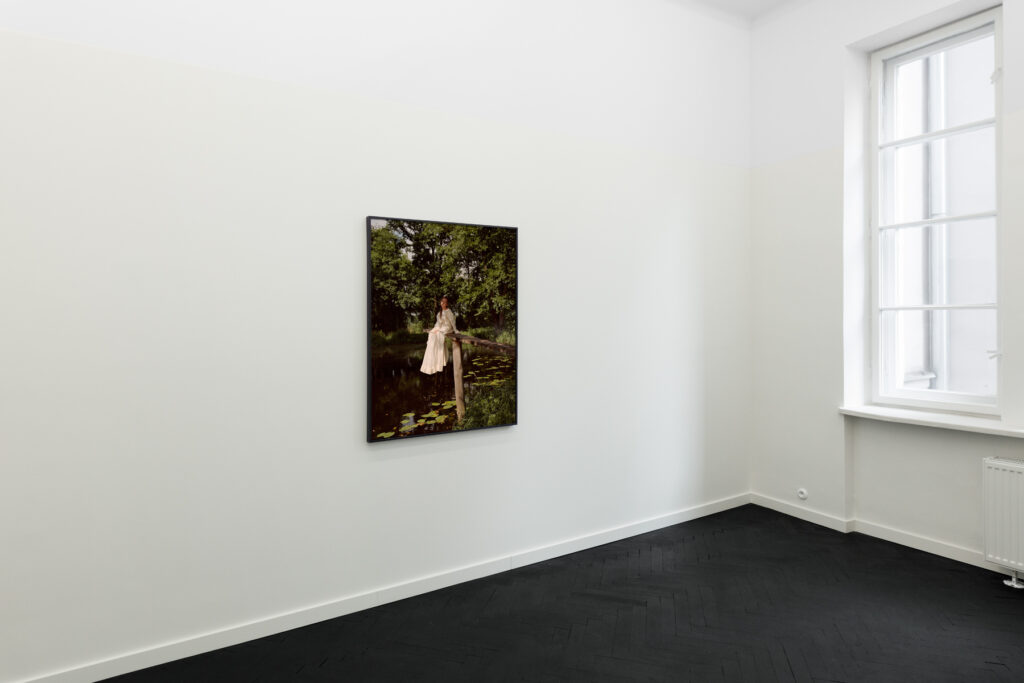
A Silesian treasure, a panorama of the region, an extinct volcano, a sacred place for Catholics, the territory of an uprising, a performance space. One could go on for a long time listing the faces and nuances of St Anne’s Mountain. Its namesake, Anna Orłowska, weaves intimate and familial threads into her complex story. The Sankt Anna series includes two plans. The first refers to the mountain, its rich material and spiritual culture, intertwining conflicting symbolic orders; the second concerns the family, represented mainly by the artist’s immediate female line. In this part, Orłowska also reaches into her home archives and transfers selected photographs onto photographic objects, subjecting them at the same time to various operations: cutting and stitching, starching, dyeing in a nearby spring with a huge concentration of iron.


A special place in this symbolic order is occupied by the statue of the matron, St Anne accompanied by the Virgin Mary and the Child Jesus, not visible in any of the photographs, yet resonating with the whole representation. It is the archetype of the grandmother, the exchange of generations, a force calculated to last a long time. But also transience, invisible reproductive work, tenderness and knowledge from experience. St Anne is only known from the apocrypha, dating from the early Christian underworld. In Silesia, she has been worshipped for centuries, which is reflected in specific rituals on the mountain dedicated to her, such as crowning or dressing the statue in gowns. Orłowska takes up the gesture and dresses some of her works in textiles, made by local women. They create white, festive, semi-transparent dresses, props for rites of passage. The image shines through them, and their role is ambiguous. The control of the gaze here takes the subtle form of a cover which, like a curtain, can be both a refined decoration, an attempt to protect against intrusive vision, and a perfect vantage point.
The history of the mountain and personal motifs are intertwined in one story that stretches beyond linear time. We are in a place where road signs in two languages, Polish and German, mark the borders of its spectrum; for the identity of the area is a specific gradient. It is made up of events recorded in the pages of history, but also of discrete micro-histories, realised in the everyday lives of people who have lived in the area for generations. New images and connections precipitate from their intersection, forming a continuum, which in turn contains the idiom of this place.
Katarzyna Roj
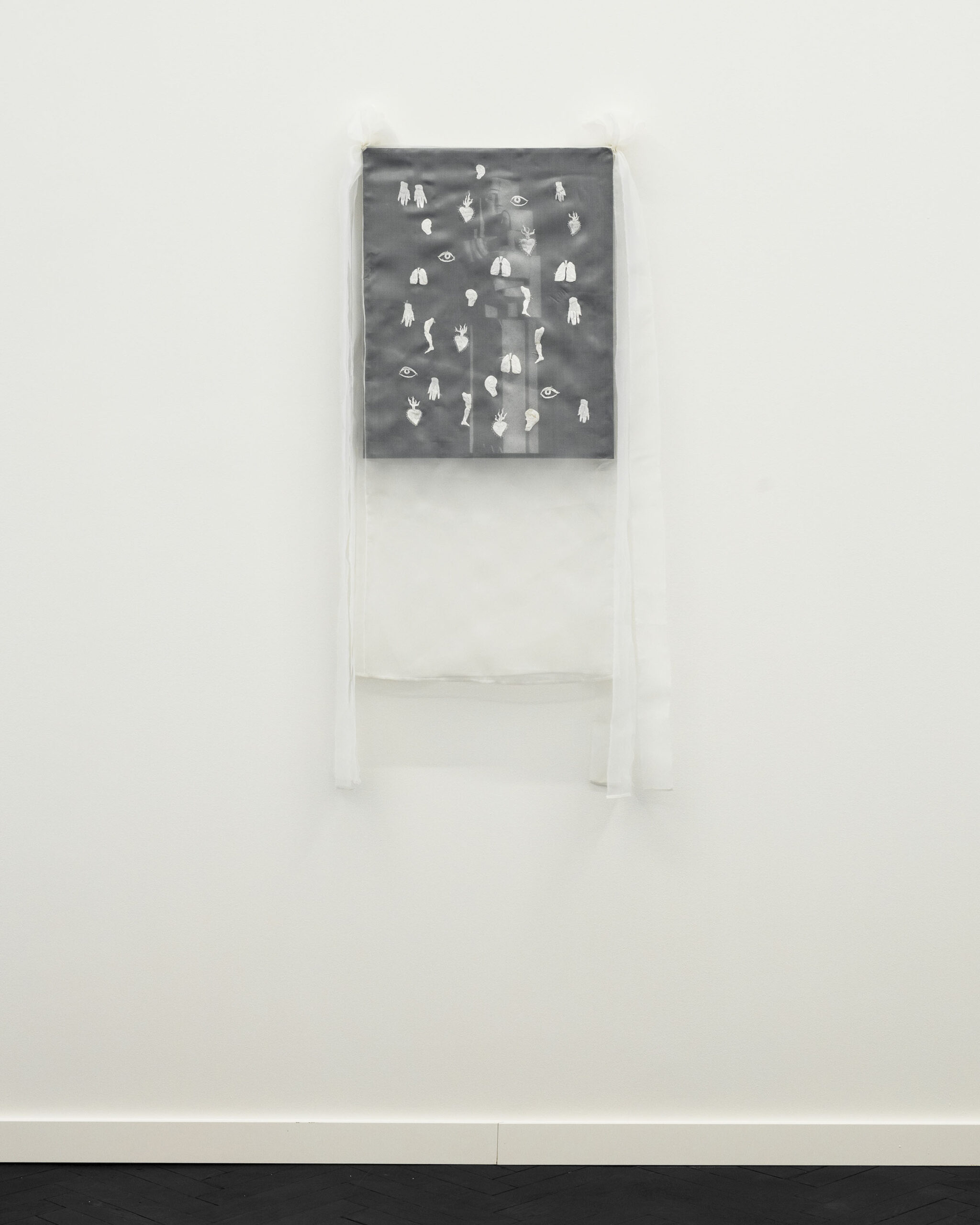
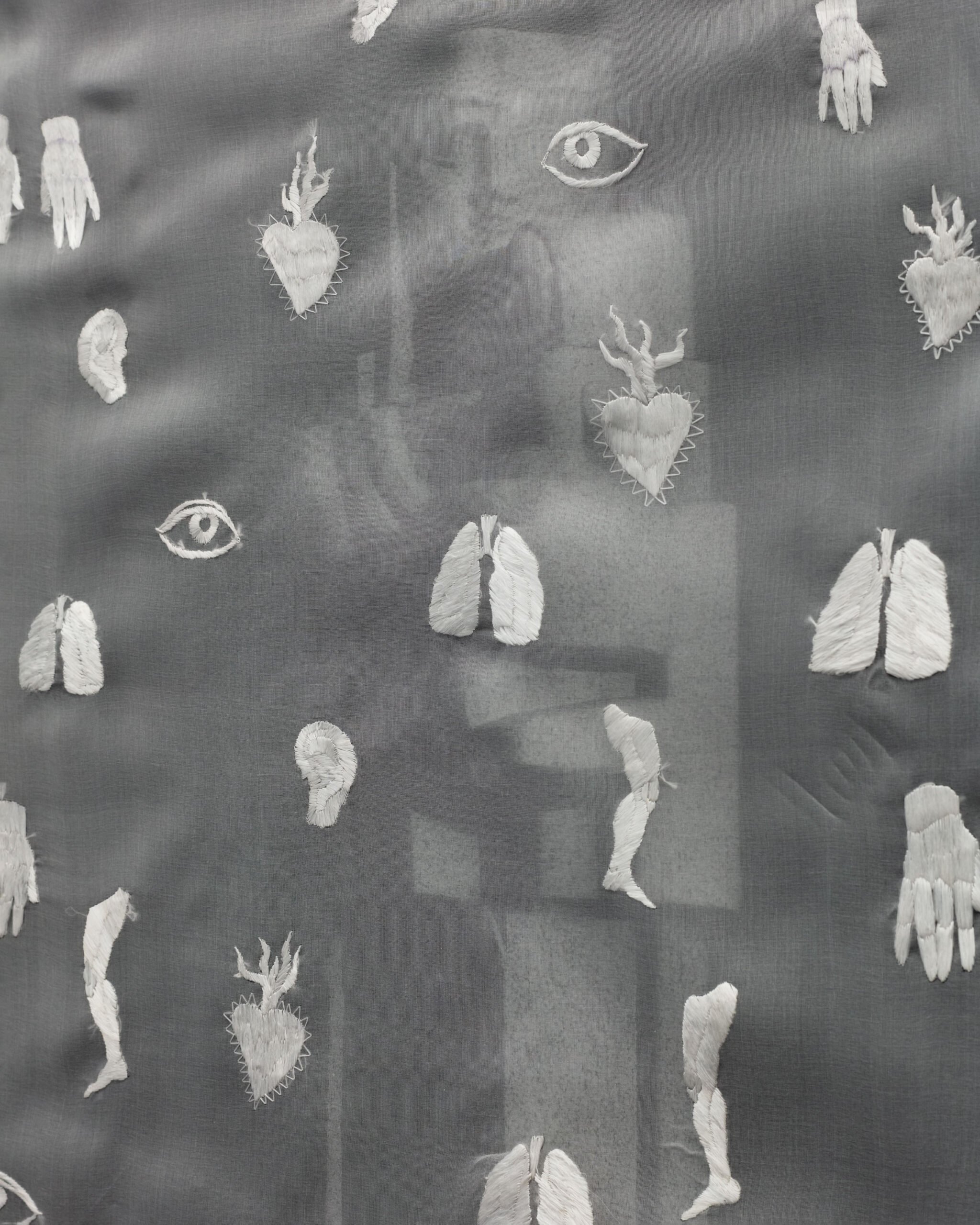
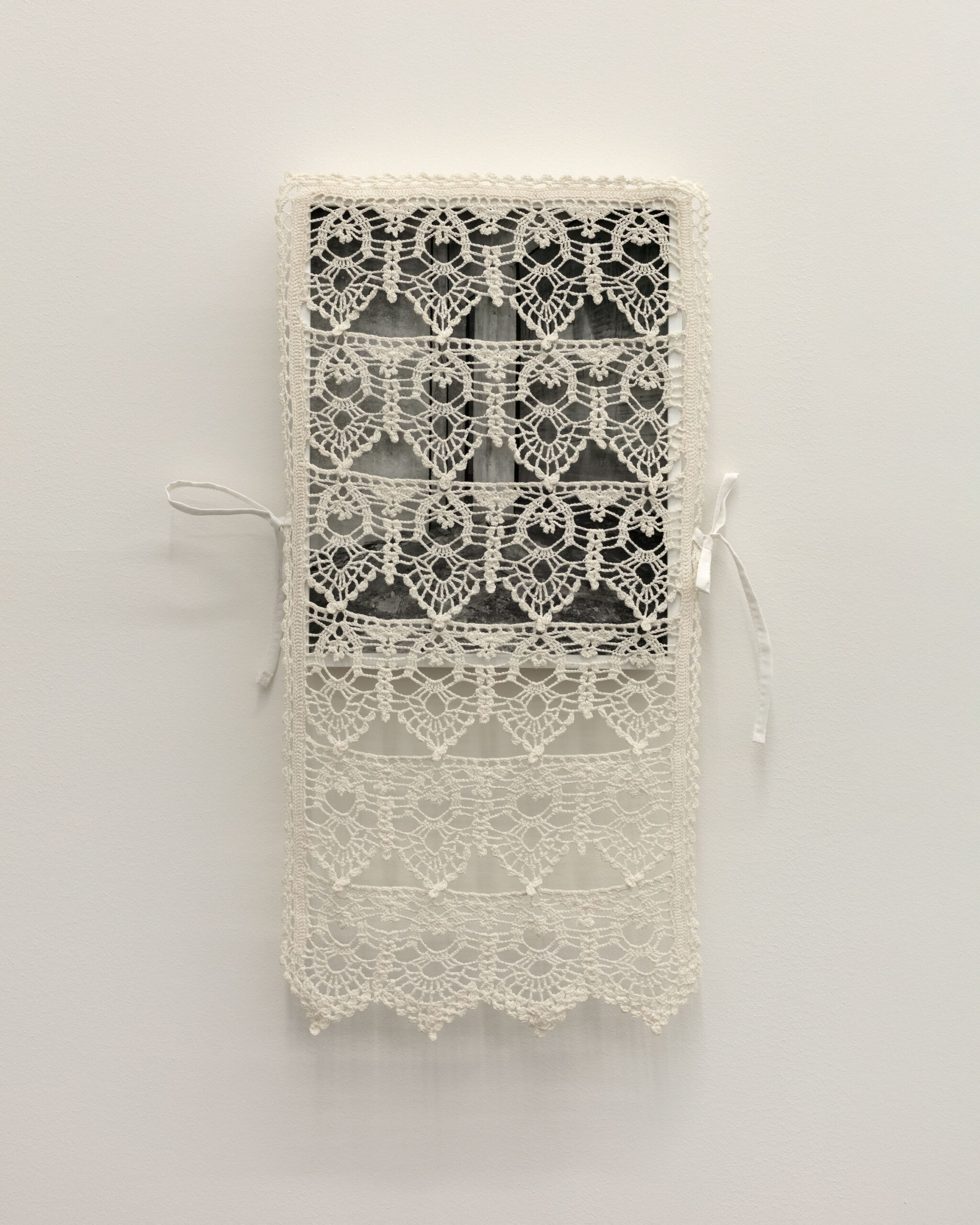
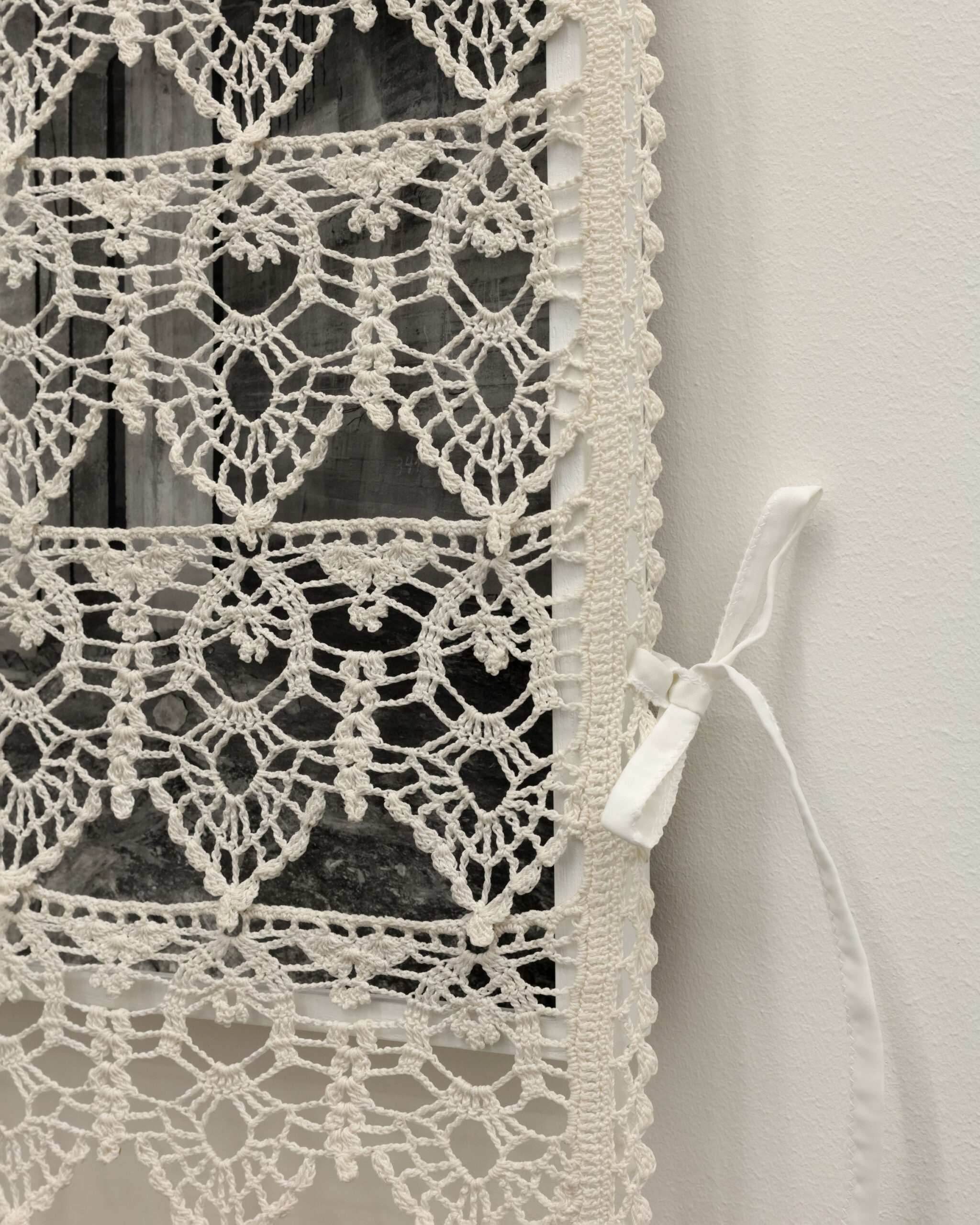

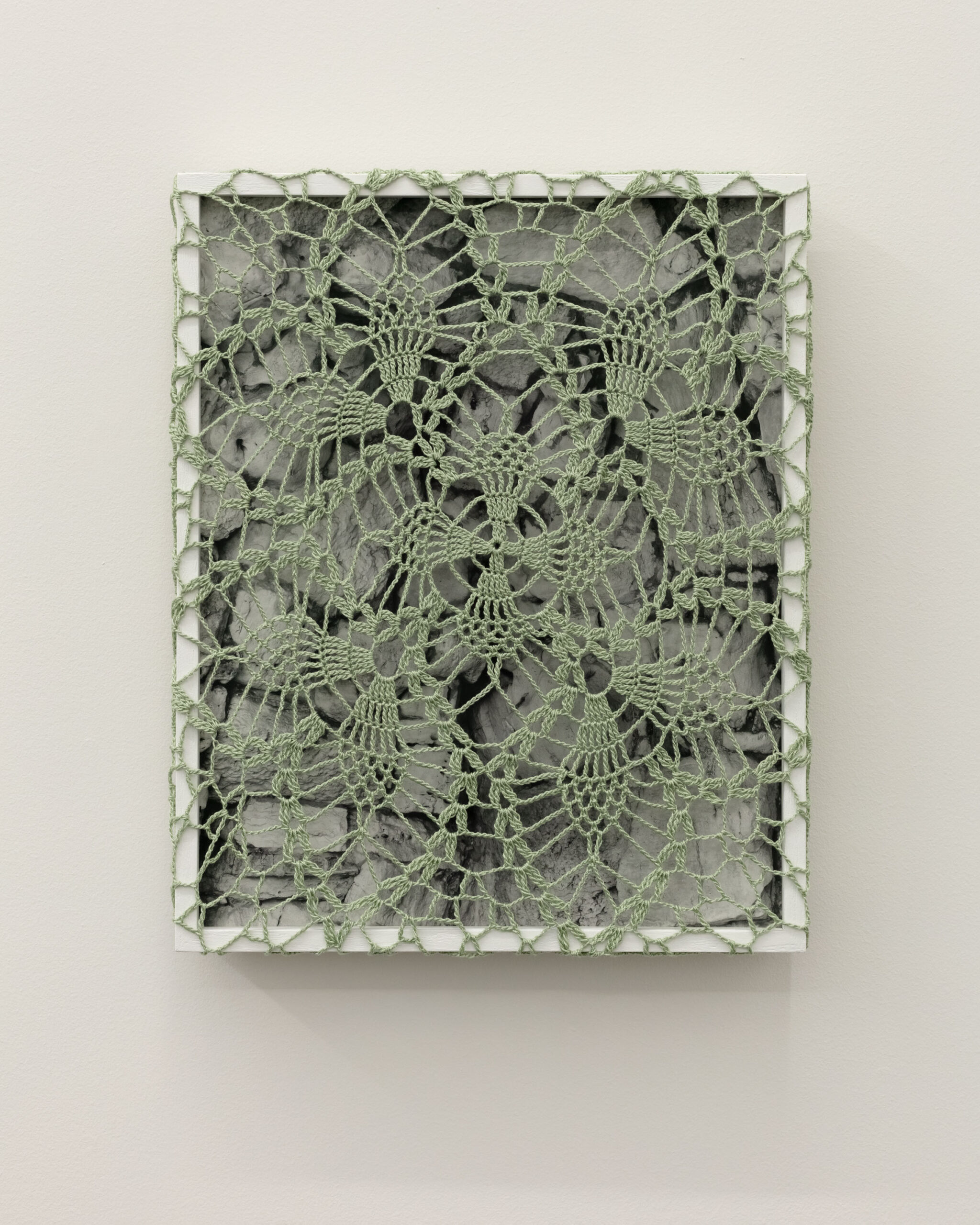



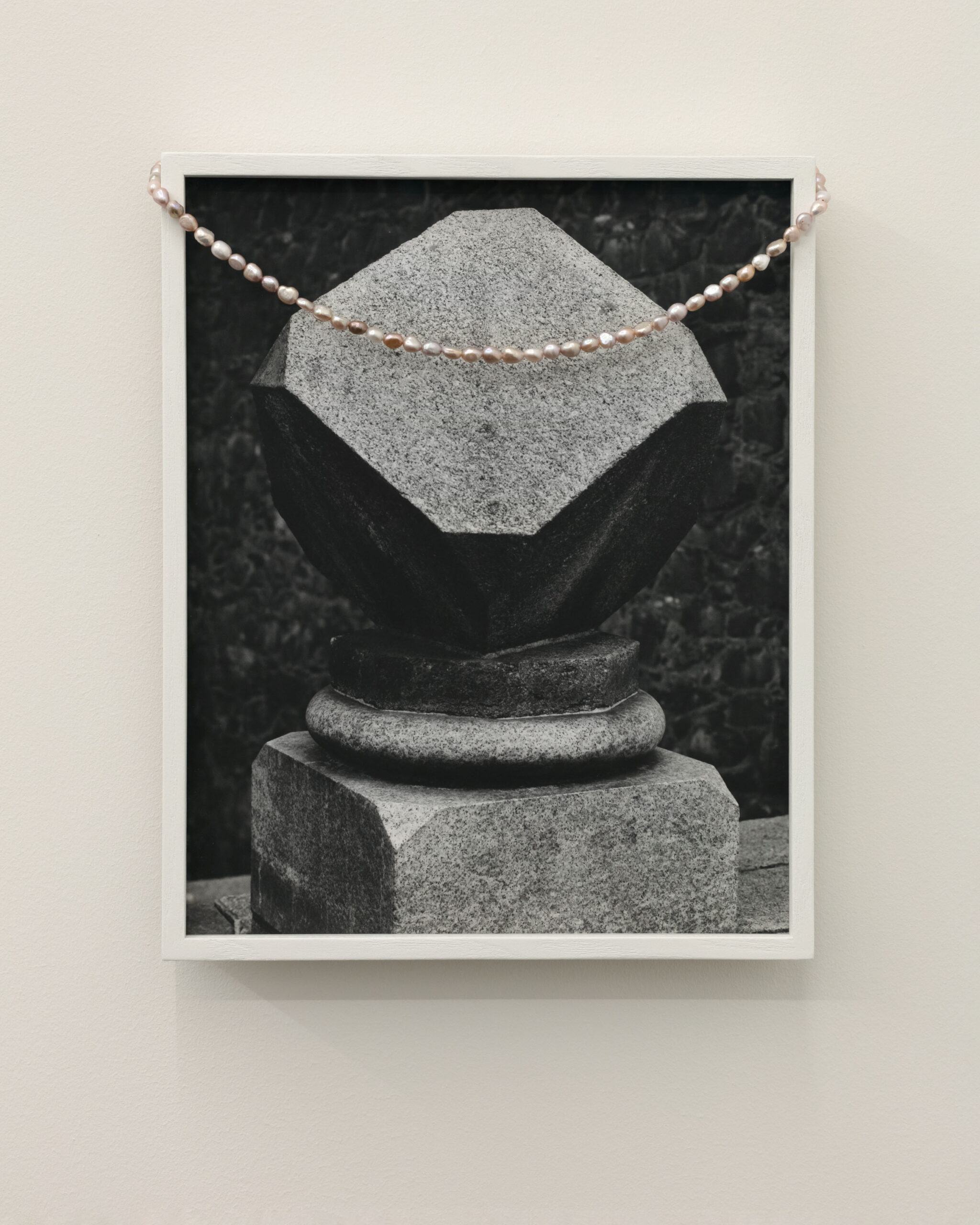
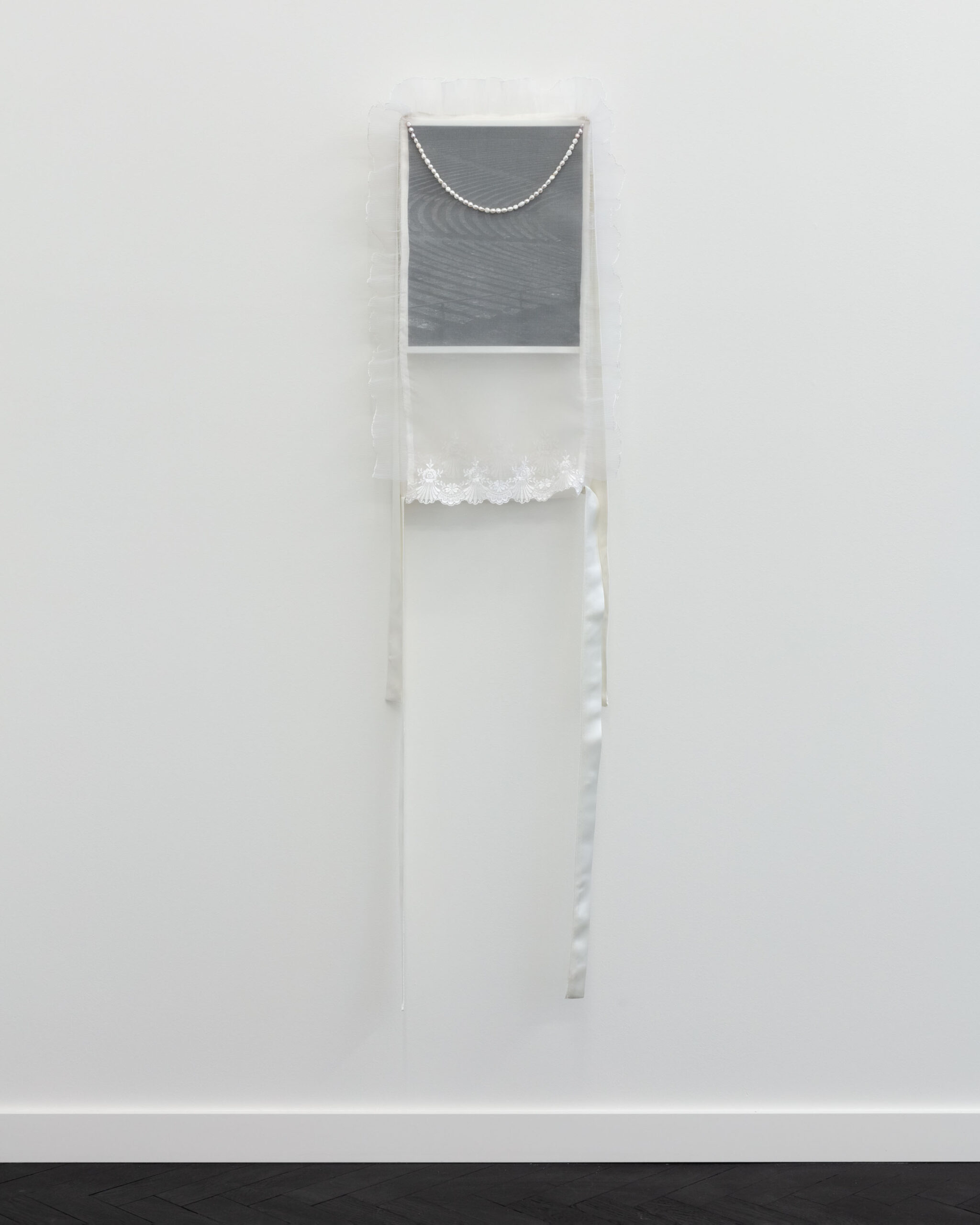
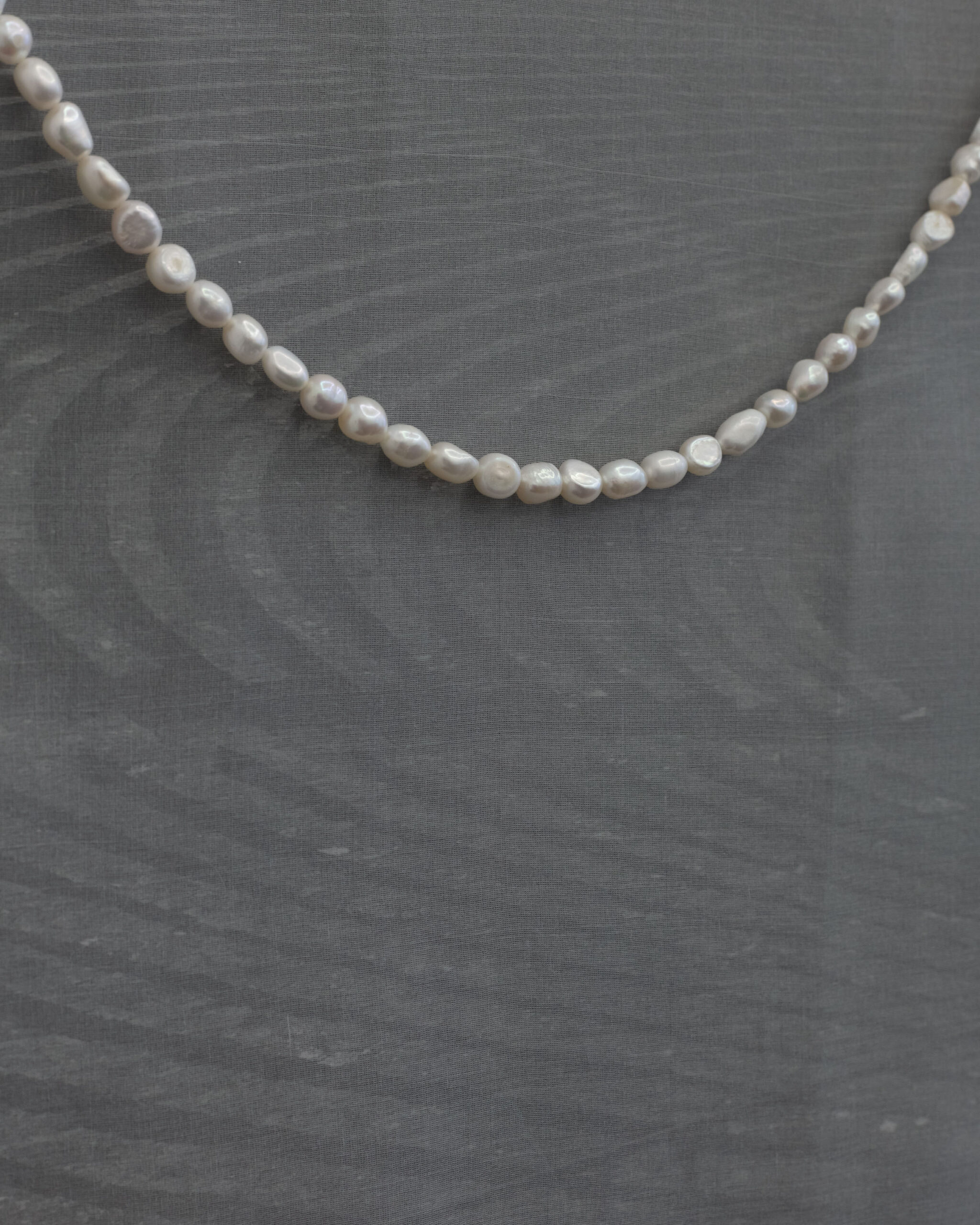
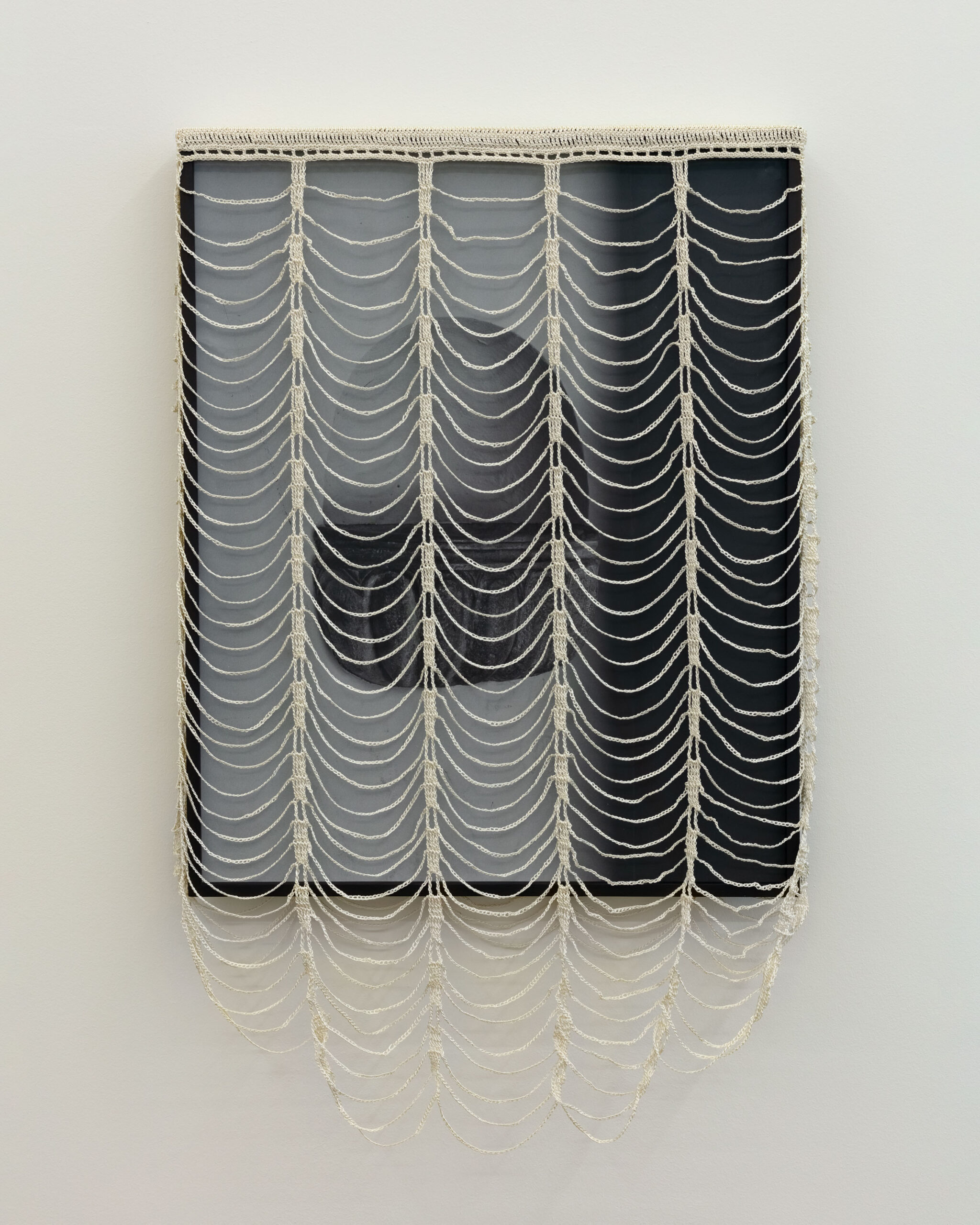

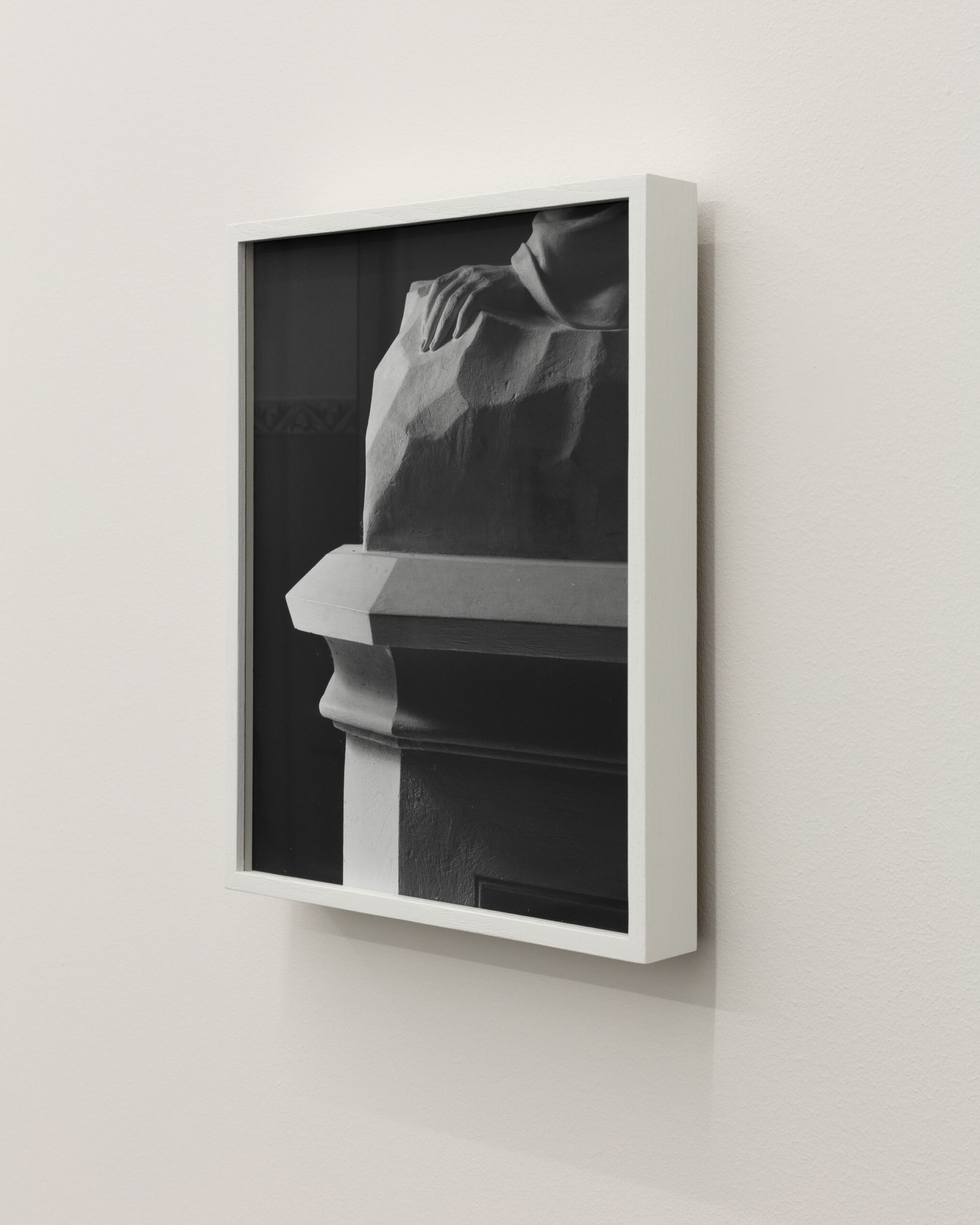

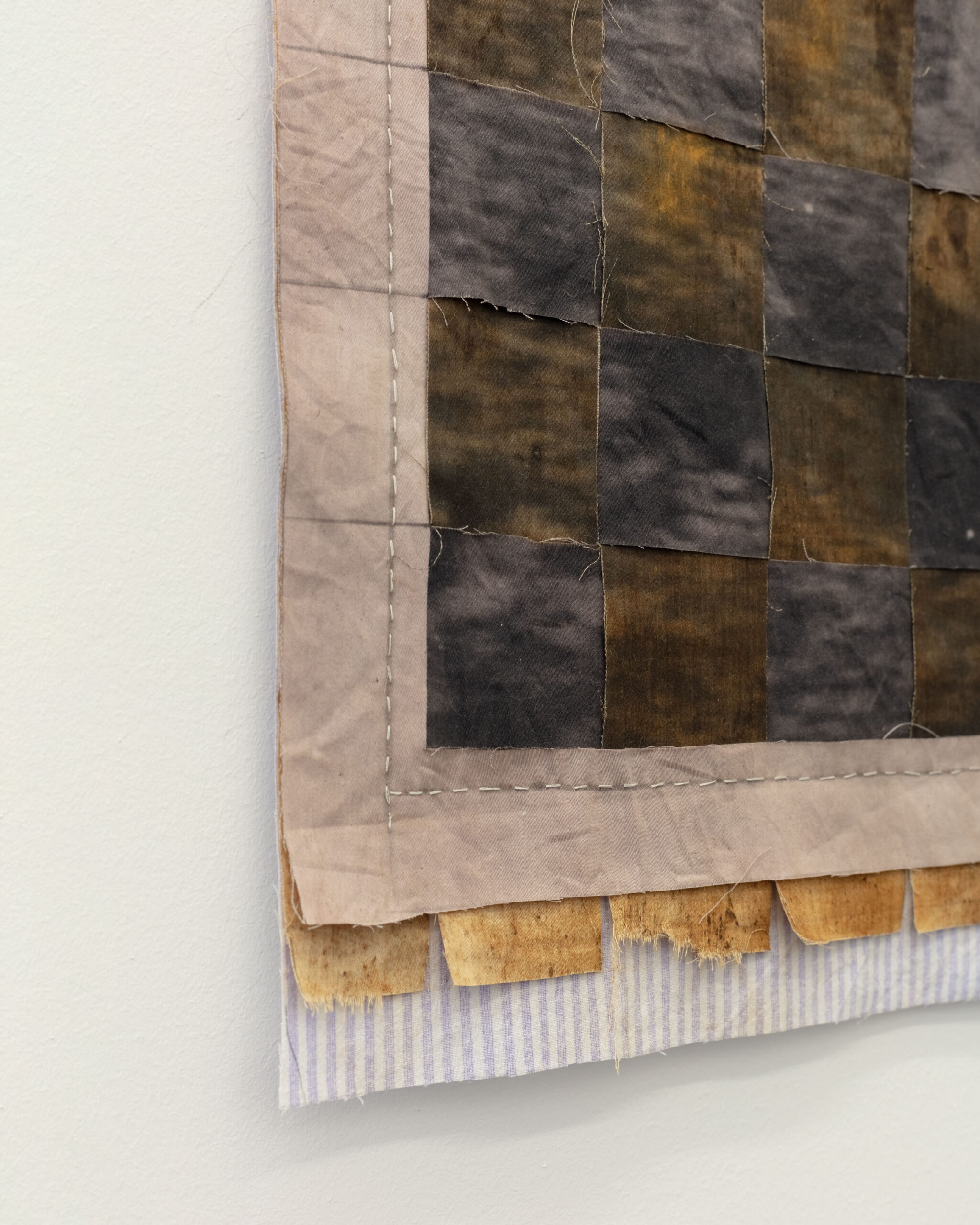

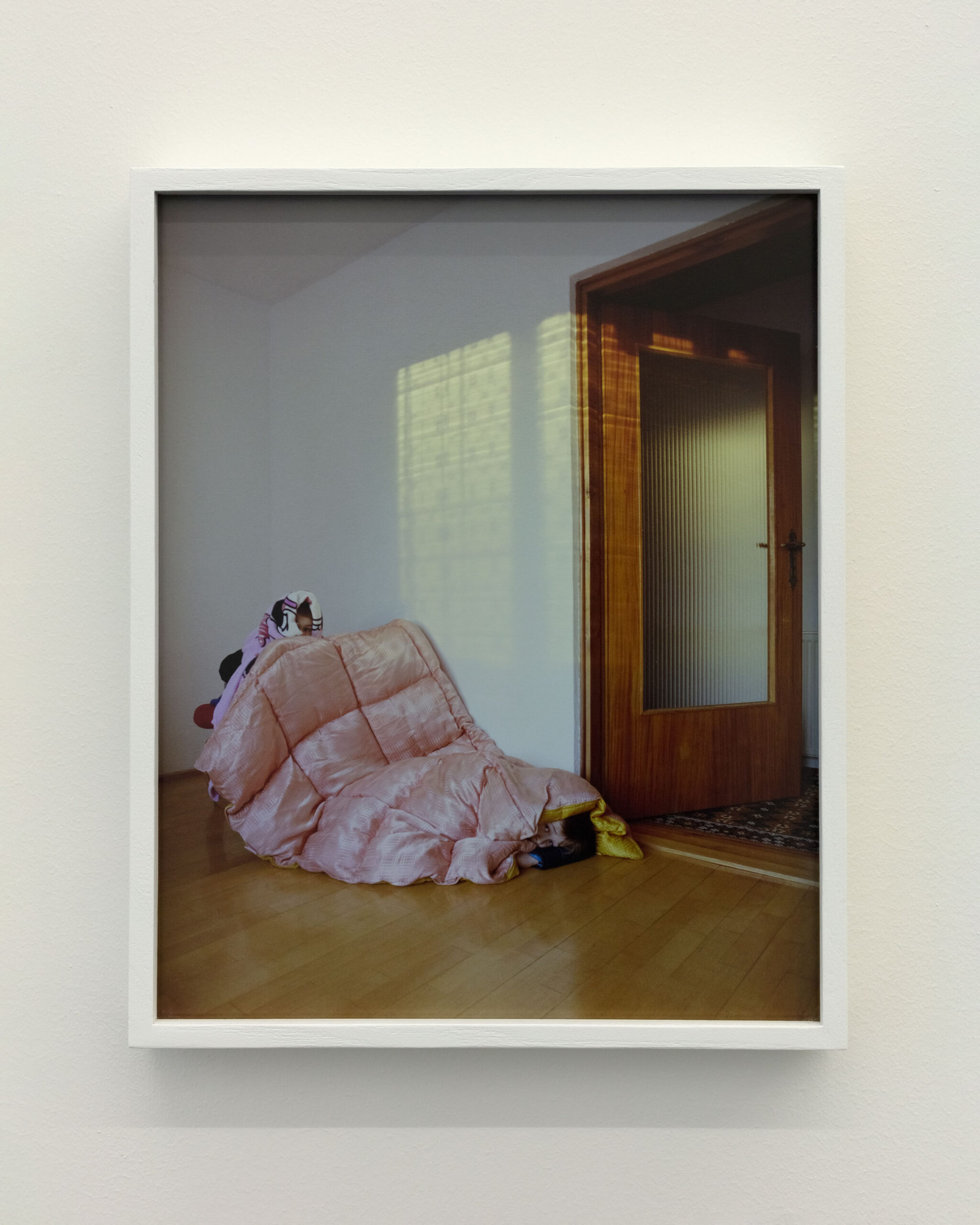

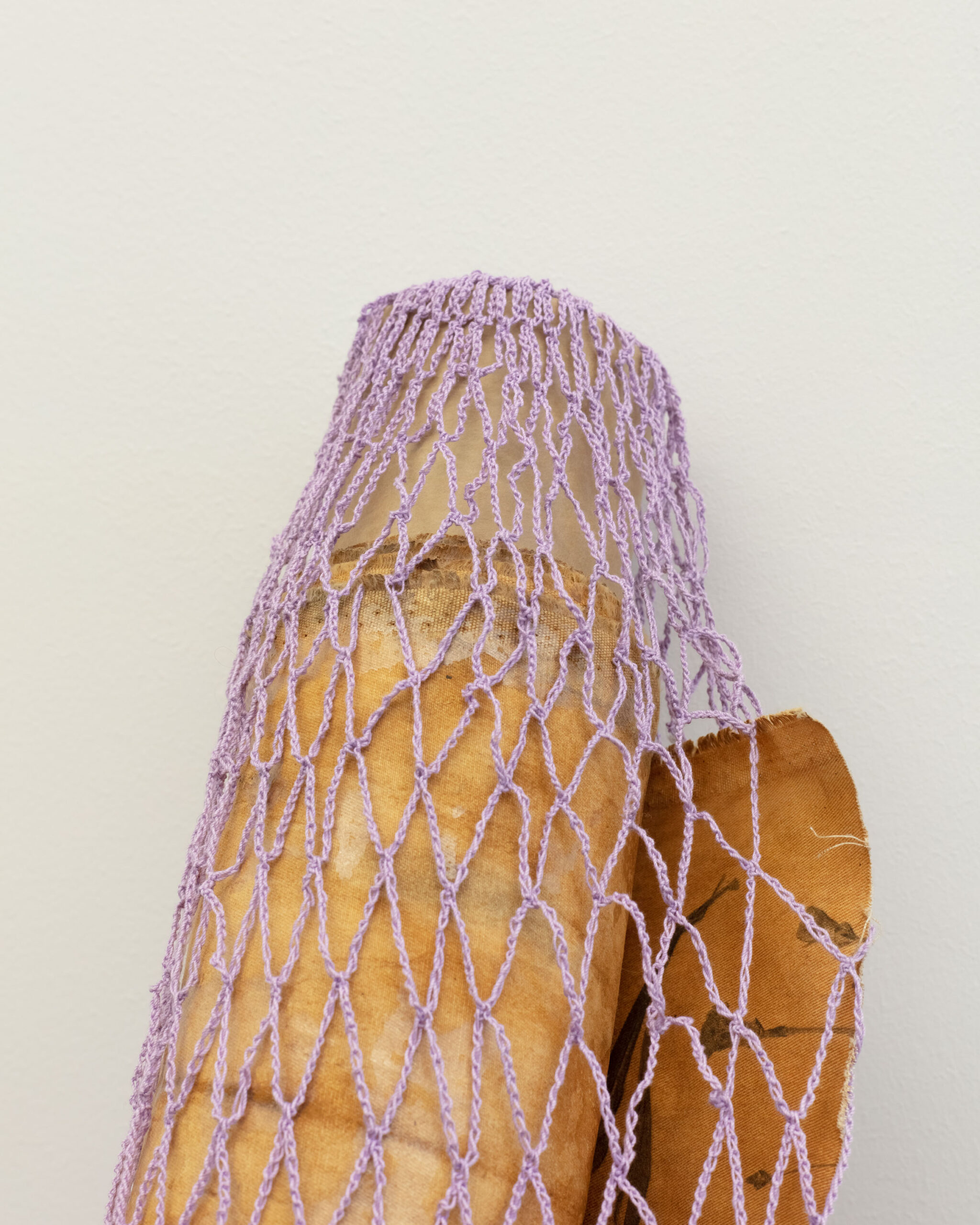

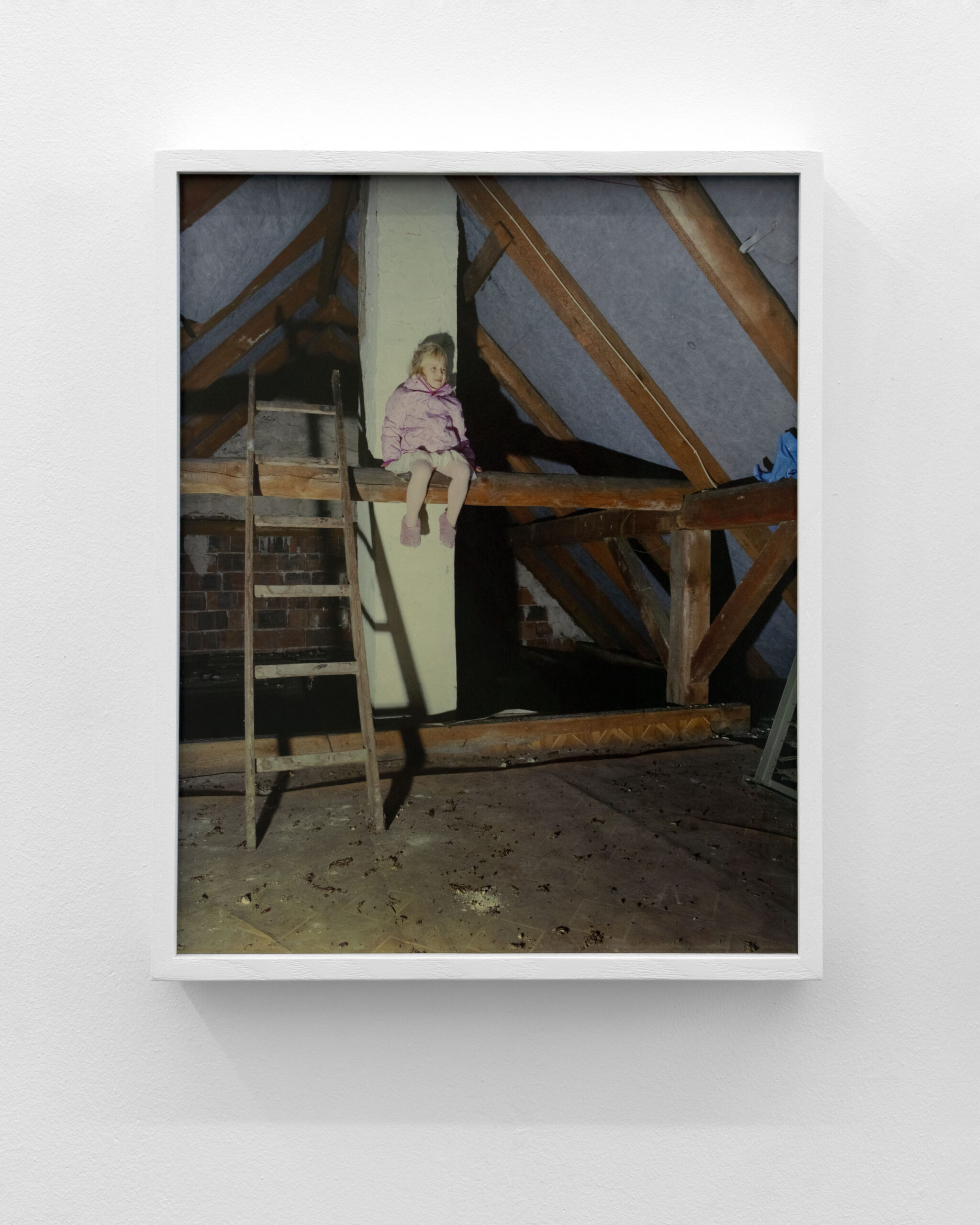
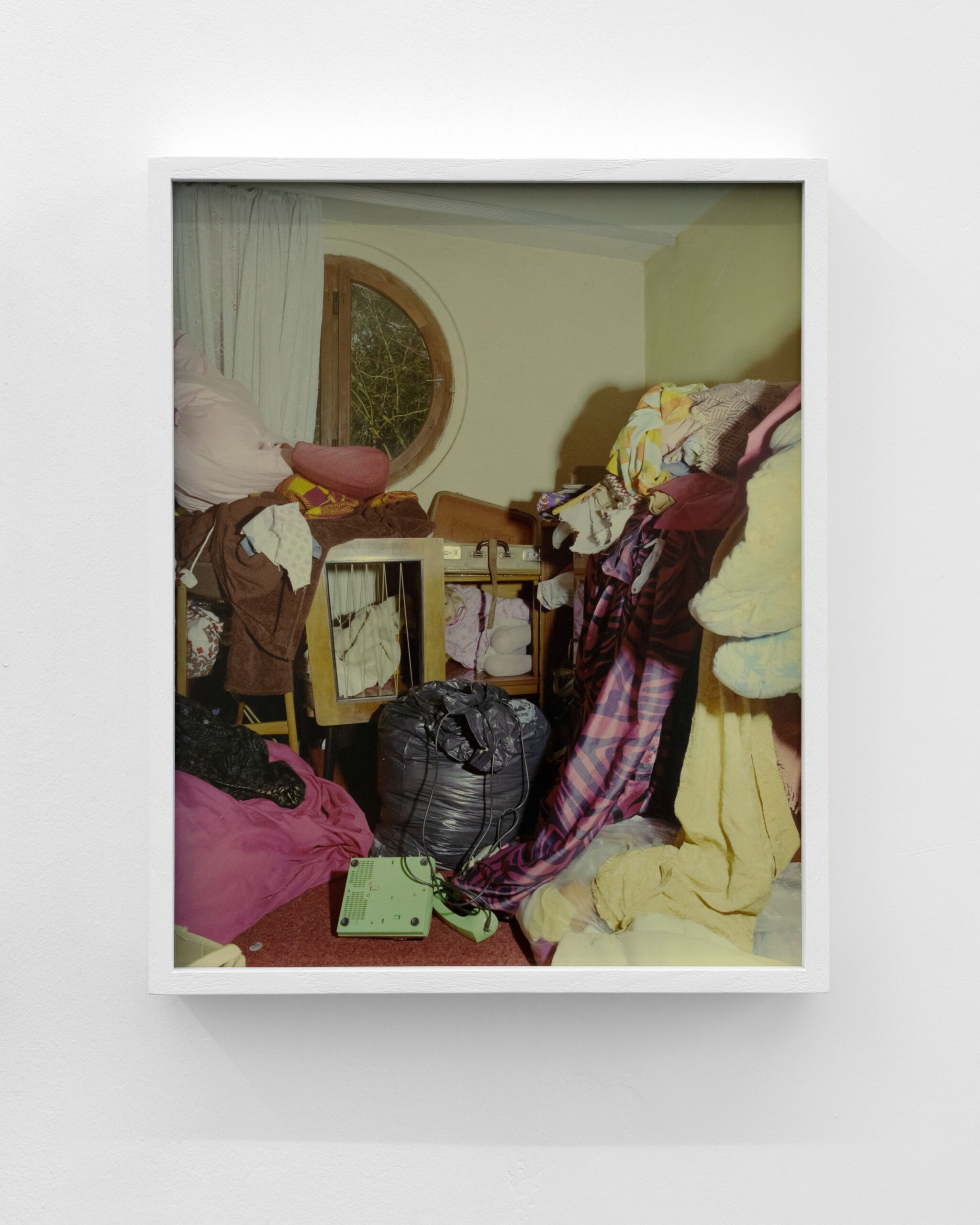
Photo: Katarzyna Legendź, Anna Orłowska